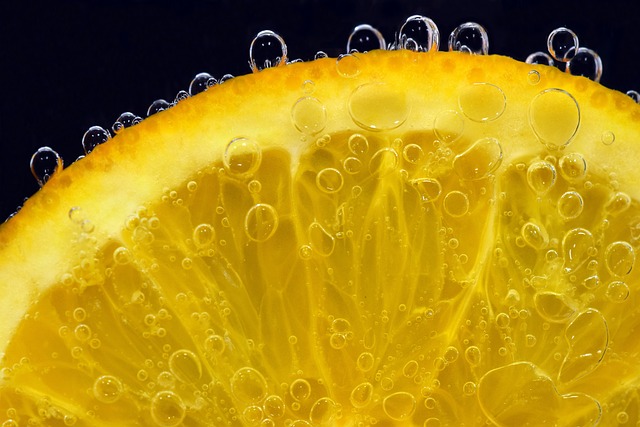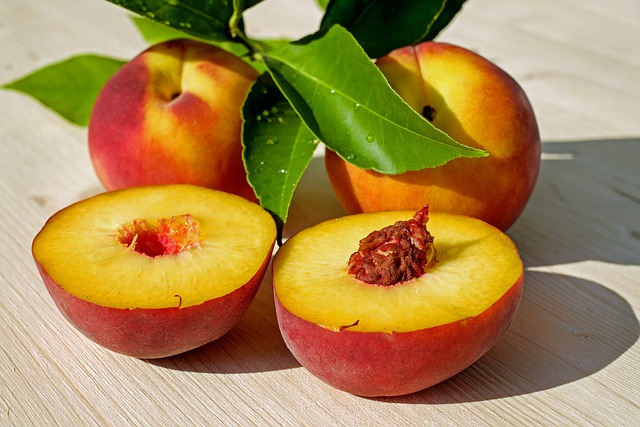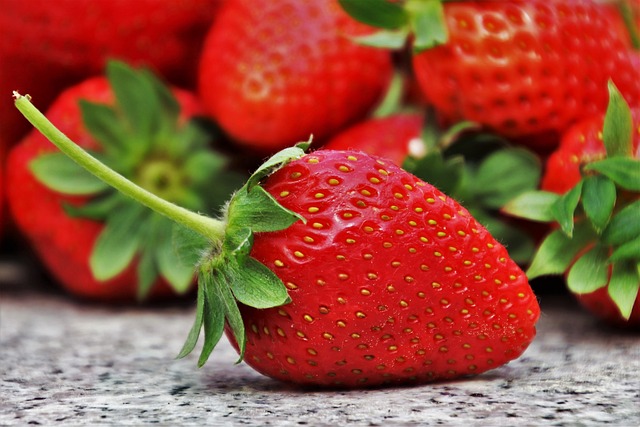From Farm to Gut: Understanding the Journey of Probiotic Foods
Probiotic foods are becoming increasingly popular in the health and wellness community. From yogurt to kefir to sauerkraut, these foods are praised for their ability to improve gut health. But have you ever wondered where these foods come from and how they end up in your fridge?
The Farm
It all starts on the farm. Probiotic foods are made through a process of fermentation, which involves the use of beneficial bacteria and/or yeasts to break down the sugars in food. These bacteria and yeasts are naturally found in the environment, including in the soil on farms. In fact, many probiotic foods are made using raw, unpasteurized ingredients that contain these beneficial microorganisms.
Take yogurt, for example. Yogurt is made by adding a starter culture of Lactobacillus bulgaricus and Streptococcus thermophilus to milk. These bacteria consume the lactose in the milk, producing lactic acid and causing the milk to ferment and thicken into yogurt. The milk used to make yogurt often comes from cows that graze on pastures, which means the milk contains a range of bacteria and yeasts that contribute to the fermentation process.
Sauerkraut, on the other hand, is made by fermenting cabbage in salt and water. The naturally occurring bacteria on the cabbage leaves, such as Lactobacillus plantarum, begin to break down the cabbage and produce lactic acid. This creates an acidic environment that prevents harmful bacteria from growing, while also preserving the cabbage.
The Factory
Once the probiotic food has been made on the farm, it may be sent to a factory for further processing. This is often the case with yogurt, which is typically packaged in individual containers and sold in grocery stores.
At the factory, the yogurt may be pasteurized to kill any harmful bacteria and extend its shelf life. However, some types of yogurt, such as Greek yogurt or Skyr, may be strained to remove some of the liquid and produce a thicker, creamier product.
Other probiotic foods, such as kombucha or kefir, may also be produced in factories. Kombucha, a fermented tea, is typically made by mixing tea with sugar and a SCOBY, or symbiotic culture of bacteria and yeast. The mixture is allowed to ferment for several days, during which time the bacteria and yeast consume the sugar and produce a tangy, effervescent beverage.
Kefir, a fermented milk drink, is made by adding kefir grains to milk. Kefir grains are clusters of bacteria and yeast that have a gel-like consistency. As the grains ferment the milk, they create a tangy, slightly effervescent drink that is rich in probiotics.
The Gut
Ultimately, the journey of probiotic foods ends in your gut. When you consume these foods, the beneficial bacteria and yeast they contain can help populate your gut microbiome.
Your gut microbiome is made up of trillions of microorganisms that live in your digestive system. These microorganisms play a crucial role in your health by helping to digest food, produce vitamins and minerals, and support your immune system.
Probiotic foods, which contain live, active cultures of beneficial bacteria and/or yeast, can help improve the diversity and abundance of your gut microbiome. This, in turn, may have a range of health benefits, including reducing inflammation, improving digestion, and supporting mental health.
Conclusion
Probiotic foods have been consumed for centuries, but their popularity is on the rise as more people seek natural ways to support their health. Understanding the journey of probiotic foods, from the farm to your gut, can help you appreciate the complex and fascinating process that goes into producing these beneficial foods.







